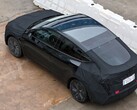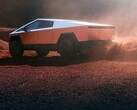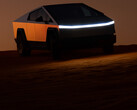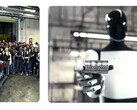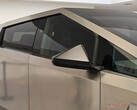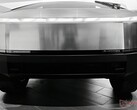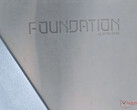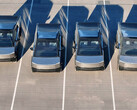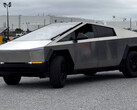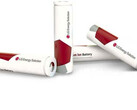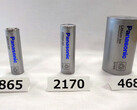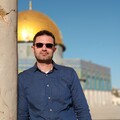Tesla's battery supplier LG Chem has demonstrated a precursor-free cathode breakthrough that it will use to make cheaper cells with increased power output in cold weather conditions.
Production of said precursor-free cathodes will begin by July, and LG might apply the method to the batteries produced in its Arizona factory that is set to open next year.
LG's American factory will be producing 4680 batteries for Tesla, as well as cheap LFP cells for lower cost electric vehicles and energy storage purposes. Tesla is preparing to launch a cheaper RWD Cybertruck, and the model has already appeared in the federal IRS tax credit database of eligible electric vehicles.
It will need all the 4680 batteries it can get as it is reportedly planning to equip the Cybercab with a variation of those, too, as well as the Model Y Juniper refresh at some point.
Tesla's main concern with the 4680 battery was that it just couldn't make them as cheap as suppliers like LG or Panasonic do, but it has since mastered the frugal dry cathode production method and LG cells will likely augment its own production.
Previously, LG informed that it has mastered the process as well, but its solution can be applied both to the anode and cathode, which results in 30% lower 4680 battery costs. The production facilities and energy expenditure can be halved, too, as there is no need for toxic solvents or baking equipment as in the wet method.
LG's battery factory in Arizona is planned for 53 GWh output at full capacity, and a significant portion of that will be dedicated to 4680 cells for Tesla's Cybertruck, Cybercab, Model Y, and others.
To pre-emptively respond to market demands for 46-Series, the company modified its original plan for the facility, which was to produce 2170 cells at an annual production capacity of 27GWh, and instead will produce 46-Series at an expanded annual capacity of 36 GWh
- said LG at the time.
Get the 80A Tesla Gen 2 Wall Connector with 24' cable on Amazon









